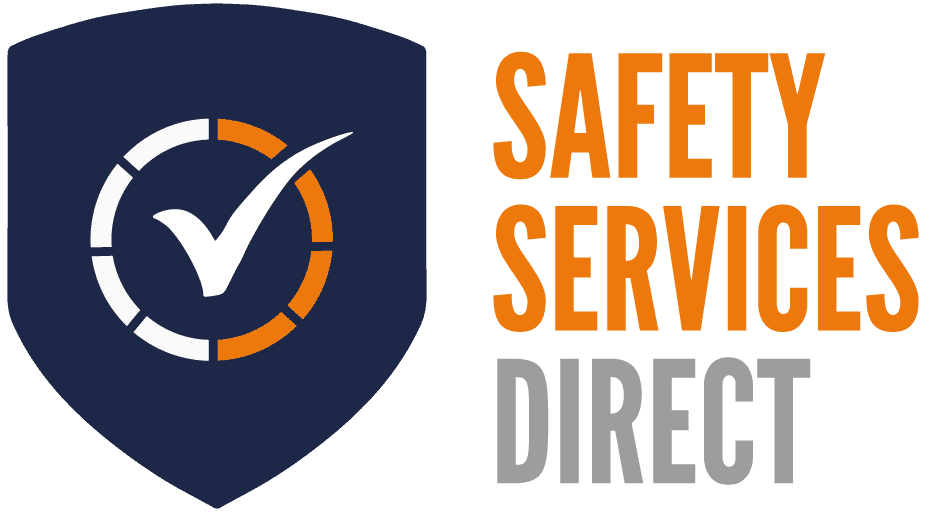Risk assessments are crucial in every industry and business. They have multiple purposes, but first and foremost, they ensure that your staff are not exposed to any unnecessary risks.
Formal risk assessments are very useful in identifying potential hazards and mitigating them, but dynamic risk assessments ensure that your organisation is always on top of its game. In this post, Safety Services Direct explains what a dynamic risk assessment is, when it’s needed, and the benefits of using this model alongside formal risk assessments.
Dynamic Risk Assessment Meaning
A dynamic risk assessment is a continuous process of assessing risk, identifying hazards, taking action, monitoring and reviewing. Dynamic assessments allow you to make quick assessments in the rapidly changing circumstances of an operational incident or changing work environment so that everyone can continue to carry out their duties safely.
These are not formal assessments, nor are they legally required for any business. They simply enable workers to carry out risk assessments on the spot and keep themselves, their colleagues and their work environment safe.
When is a Dynamic Risk Assessment Used?
Dynamic risk assessments are generally used in changing, high-risk environments. While formal risk assessments are prepared in advance, their dynamic counterpart is carried out on the spot by an individual when their current environment changes or they enter a new environment.
Lone workers should also be equipped with the skills and knowledge to carry out a dynamic risk assessment, no matter their role. For example, if a cleaning professional is working after hours by themselves, and there’s a chemical spillage, falling equipment or alternative hazard, they should be able to do a dynamic risk assessment to identify the risk and remove the danger, keeping themselves and their environment safe.
What is the Purpose of a Dynamic Risk Assessment?
This type of quick assessment allows workers to identify, understand and remove hazards as they go about their work so that they can avoid harm. The main purpose of these assessments is to ensure that hazards are handled in fast-changing, potentially dangerous situations.
As these environments can change suddenly, risks can be difficult to foresee, making formal risk assessments useful but not sufficient. Dynamic risk assessments are intended to complement formal assessments.
Benefits of a Dynamic Risk Assessment
These risk assessments have a number of benefits for both employees and employers. The three main advantages of dynamic risk assessments are:
- Workers can feel more confident doing their jobs without worrying about their safety
- They can protect themselves, those around them, and their work environment
- It enables workers to take proactive steps for their own safety should a dangerous situation arise
Do Your Employees Need Risk Assessment Training?
In order to confidently and effectively carry out dynamic risk assessments, employees require appropriate training. Safety Services Direct offers a number of online health and safety training courses to equip workers with the skills they need to keep themselves and others safe.
If you would like to know more about our courses or our formal risk assessments and method statements, contact us today.









